Unit 38: Promoting Pretend Play in Children with Autism through Early Intervention
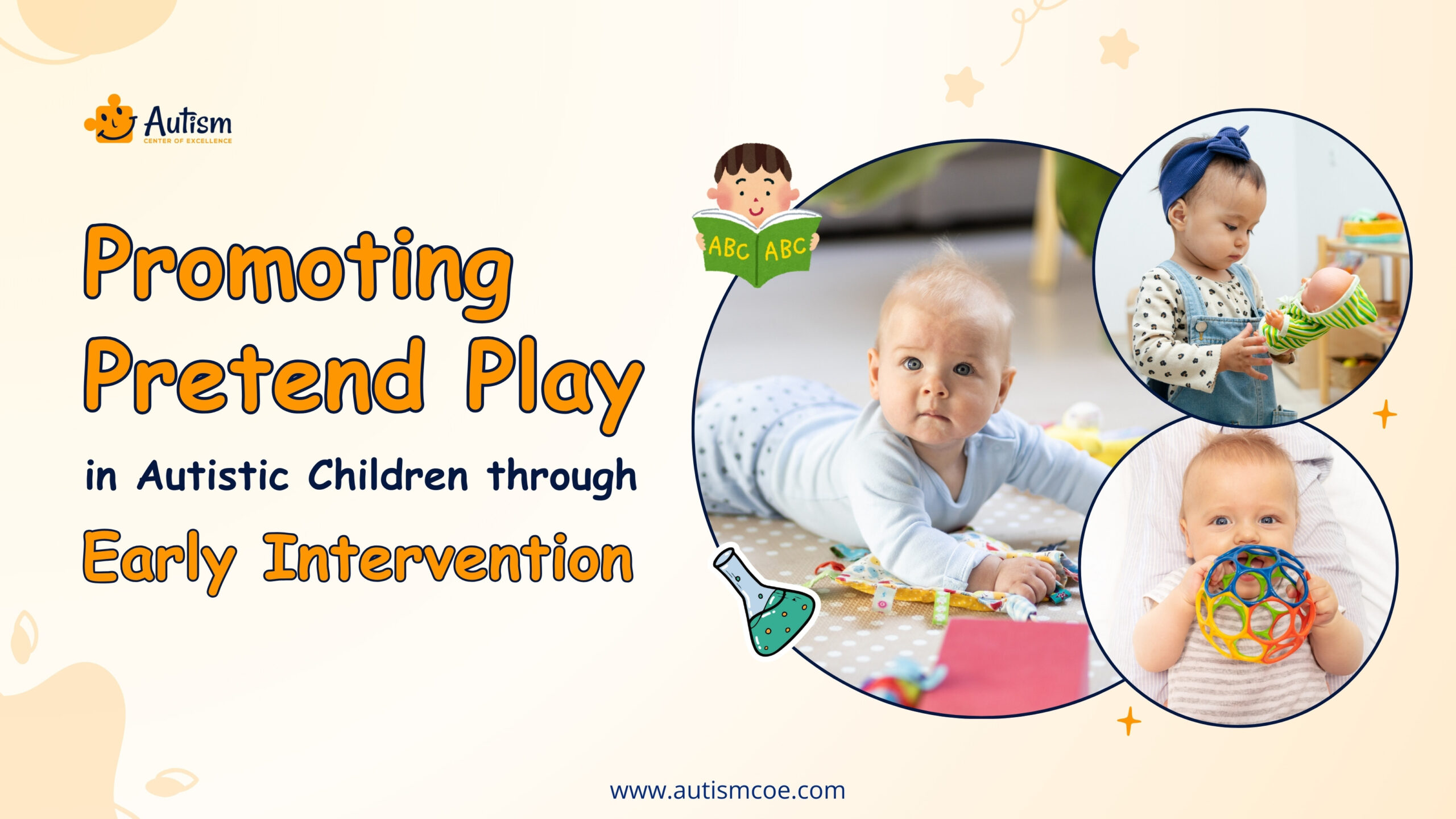
Playing in the child’s imagination helps in developing the child. It develops creativity, communication and problem-solving skills in children. However, for autistic children, this type of play can sometimes be difficult. Early Intervention in helping to foster pretend play is crucial to allow it to open doors to important Developmental Milestones.
Pretend play in children with autism: Through nurturing, parents, educators, and therapists supporting them can help their autistic children grow their social, emotional, and cognitive skills. We will discuss the benefits of teaching to children with autism and deal with the challenges and strategies of teaching pretend play, as well as practical ideas for children in different age groups.
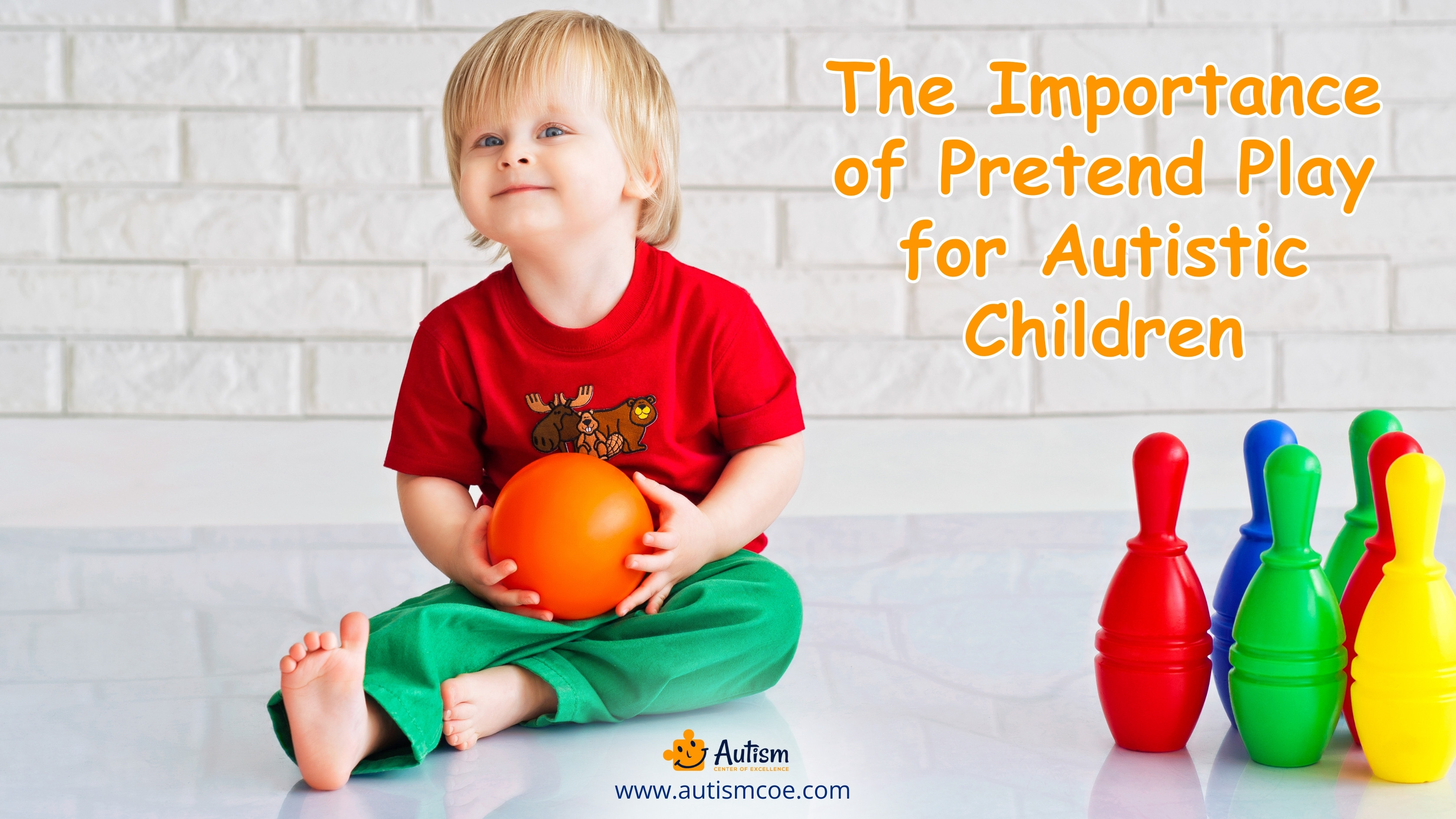
Why Is Pretend Play Important for Autistic Children?
Imaginative play or pretend play is the creation of scenarios and the acting out of different roles. For neurotypical children, this sort of play may be instinctive. It offers the construction of critical skills such as empathy, cooperation, and flexible thinking. Pretend play is usually more difficult for autistic children, who may have problems with abstract thinking and communication.
Possible challenges include struggles in abstract thinking of potential scenarios, an effort to stick to routines and the like, and heightened sensitivity of the senses, which hinder engagement. However, pretend play can be an achievable and enriching experience if the right interventions and activities match their area of interest. The early intervention programs that have been created help the children step into this new way of learning, and during critical developmental windows, there is a huge difference.
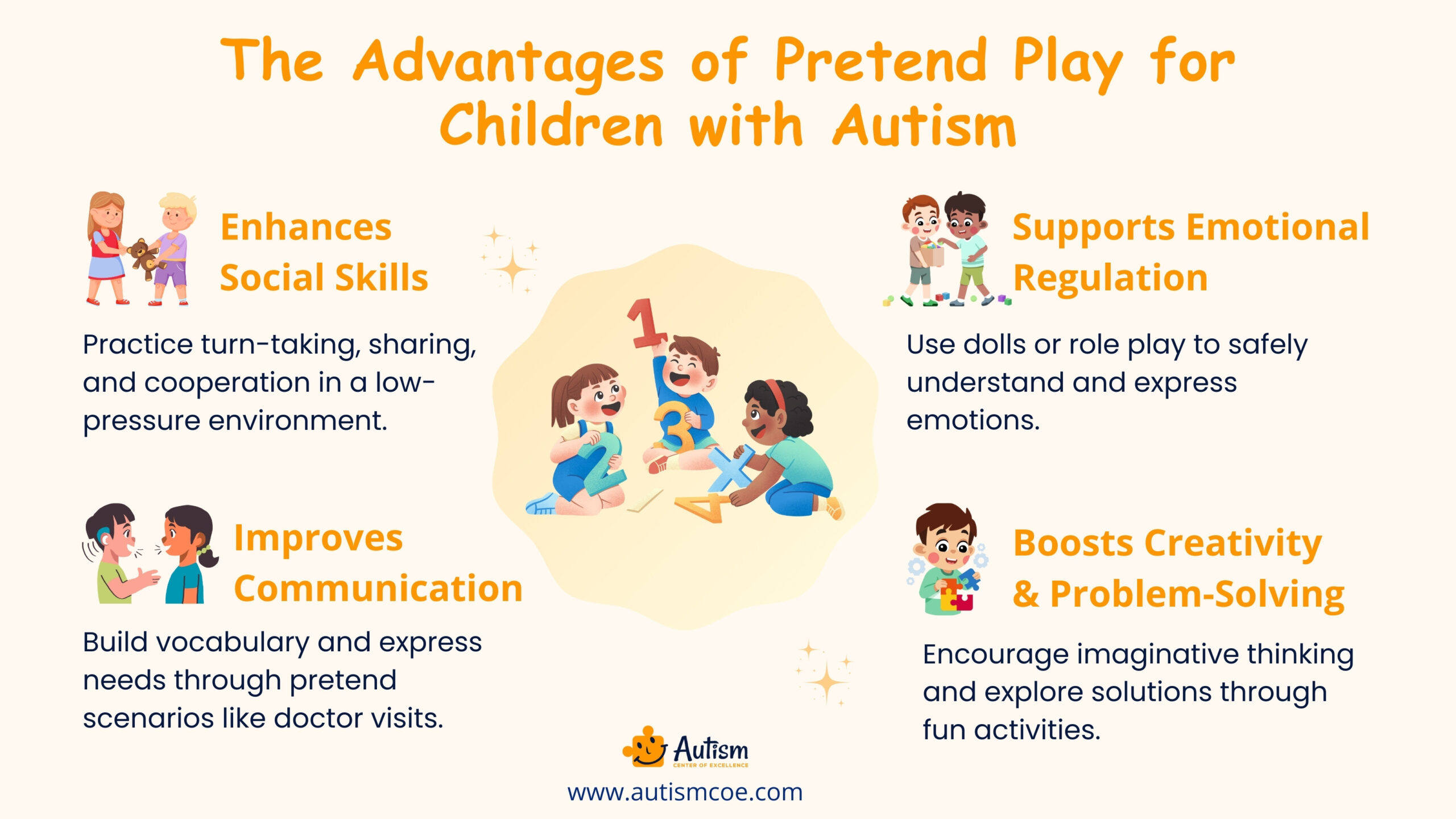
Benefits of Pretend Play for Autistic Children
Pretend play has a multitude of benefits, most especially for autistic children. We can highlight a few of the most impactful advantages of this section.
1. Enhances Social Skills
Children on the autism spectrum help them learn social interactions, including turn-taking, sharing, and cooperation. Playing roles or pretending to do something like playing house or playing a store can give them a way to practice these skills in a safe, controlled, low-pressure environment.
2. Improves Communication
Pretend play helps children express themselves through words, gestures, and actions. Autistic children can practice communication to meet their needs and gain vocabulary by engaging in pretend scenarios such as environmental doctor’s visits.
3. Promotes Creativity and Problem-Solving
Children can experiment by playing imaginatively, reinforcing new ideas while enabling them to find solutions through a fun and stress-free experience. Building a pretend diner is one activity that gets kids to think about new things and simply open their minds outside the box.
4. Helps with Emotional Regulation
Children use pretend play as an outlet for communicating with their emotions. For example, simply playing with dolls or stuffed animals can aid in their understanding and verbalization of feelings safely.
Including pretend play in everyday life can help caregivers and educators build these integral parts of strong development.
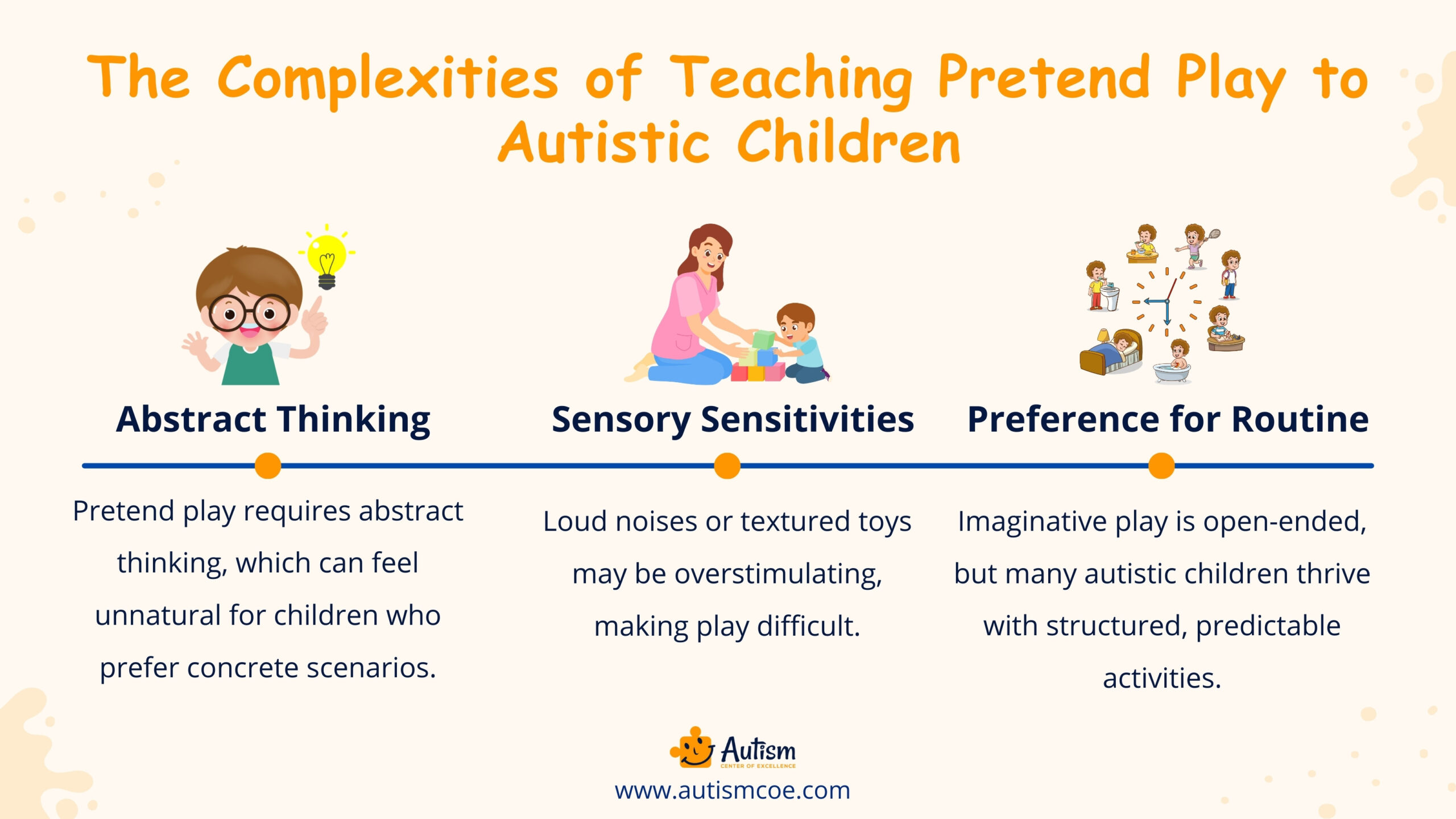
Challenges in Teaching Pretend Play to Autistic Children
Pretend play is helpful, but autistic children face some challenges that make it hard to do it and to have fun. Knowing what these barriers are is the key to an effective intervention.
1️⃣ Difficulty with Abstract Thinking
This form of play is abstract thinking and is a core part of autistic children, who typically thrive in more literal, concrete scenarios. A tea party or a superhero may be unnatural without further instruction.
2️⃣ Sensory Sensitivities
It is possible that for some children with autism, loud noises, textured toys, or other materials may be overly stimulating and make it too difficult to connect with play.
3️⃣ Preference for Routine
One reason why many autistic children struggle with imaginative play is that imaginative play is open-ended, and many more autistic children prefer structured and predictable activities.
These challenges can often be overcome with appropriate strategies, thought, and creative approaches.
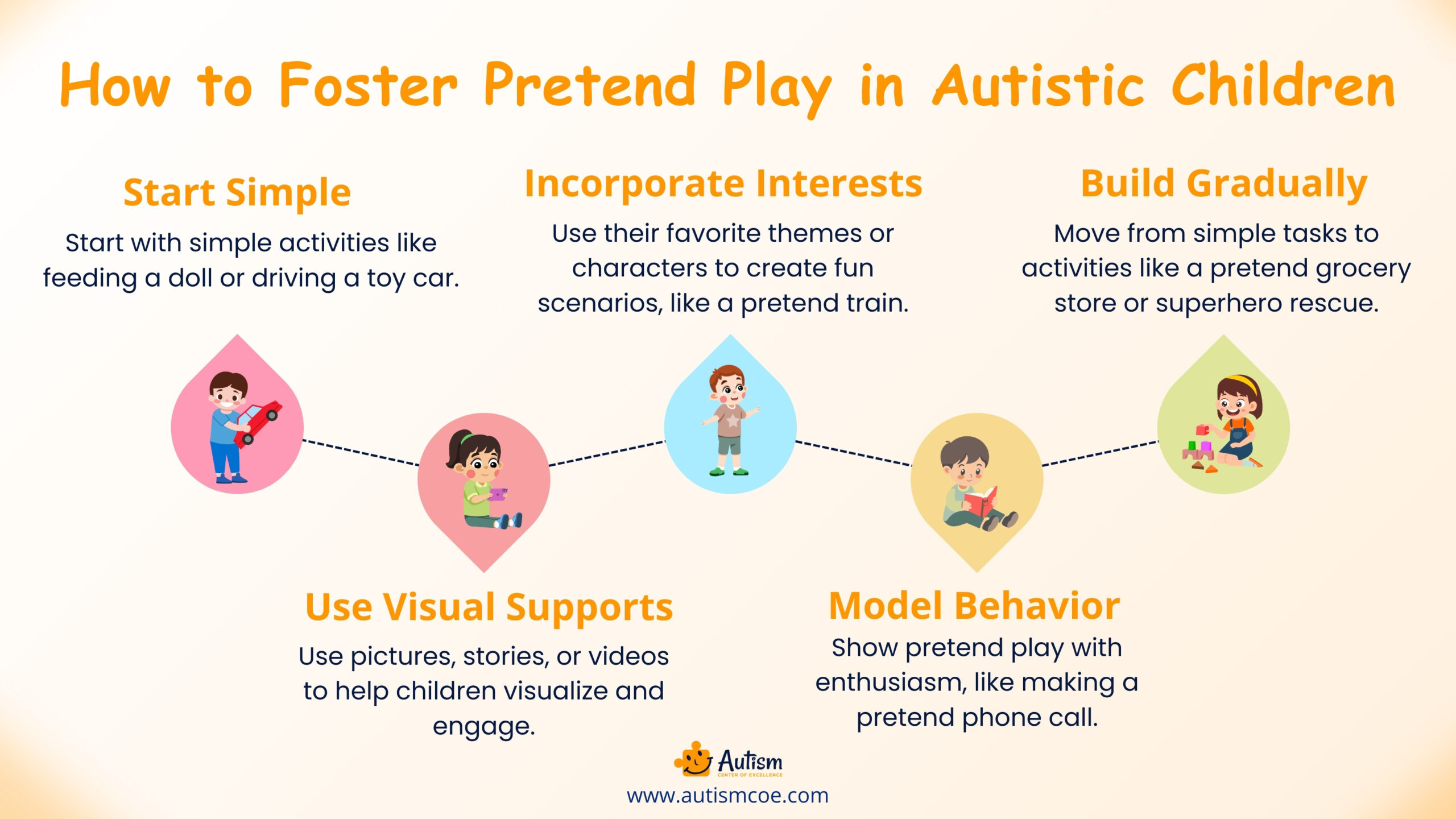
Strategies for Promoting Pretend Play in Autistic Children
The following strategies make teaching pretend play more accessible and engaging for autistic children:
Start Simple
Provide yourself with structured activities that are easy to understand. For example, there are ways to target things with a step-by-step structure, such as pretending to feed a doll or drive a toy car.
Use Visual Supports
Children may have pictures, social stories or video examples to visualize scenarios. This is a way of going from observers to participants.
Incorporate Interests
Engage the child using the child’s favorite characters or themes, such as making a pretend train station scene if the child loves trains.
Model Behavior
Act out roles or scenes with pretense while showing enthusiasm to demonstrate pretend play. Modelling Expressive Language, for example, can be done by making a phone call.
Build Complexity Gradually
After a child is used to more simple tasks, bring in bigger events, such as an imaginary grocery store or a superhero saving a person in trouble.
These strategies work well when paired with patience and consistency and can result in a love for pretend play for children with autism.
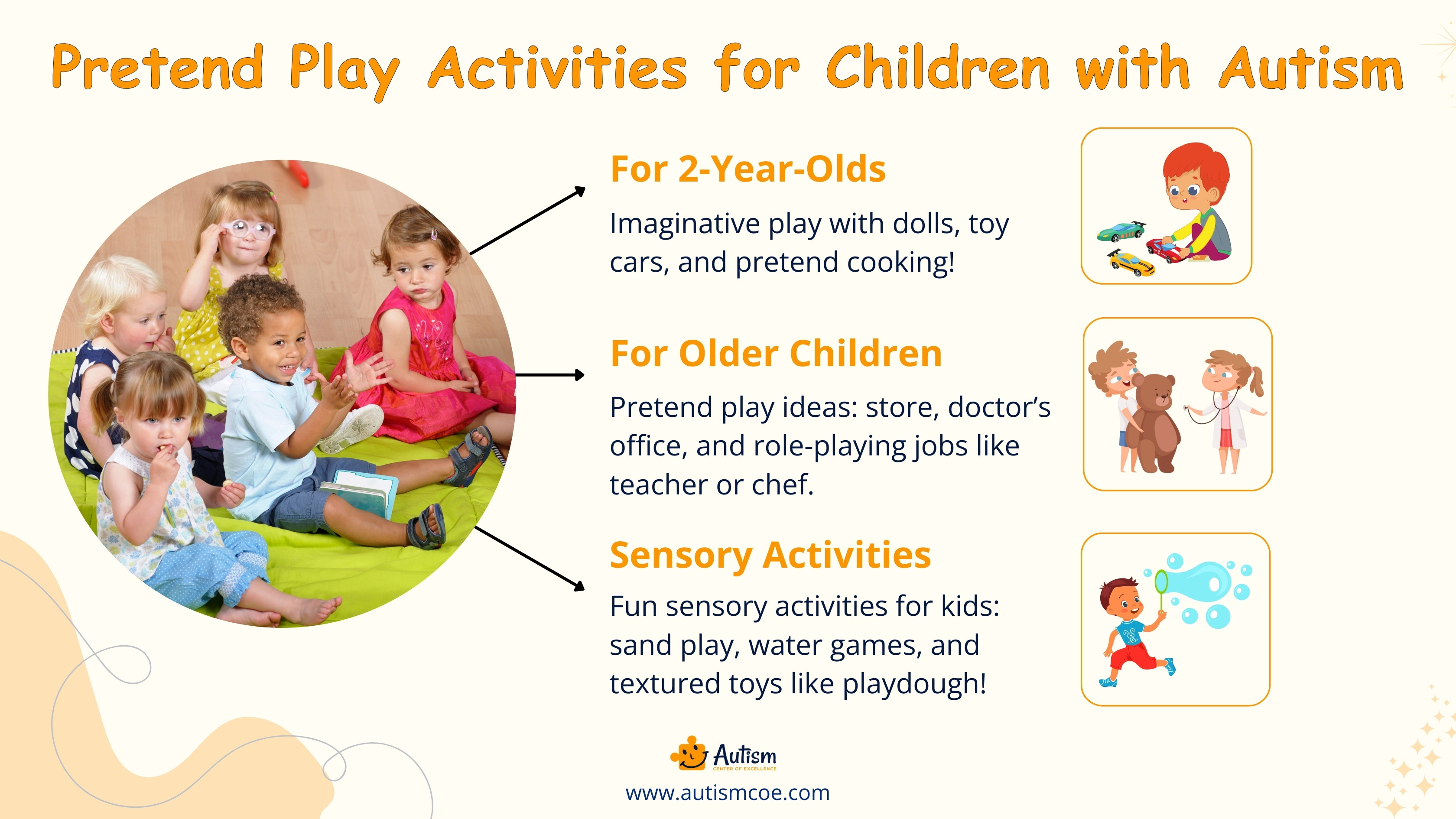
Pretend Play Ideas for Autistic Children
Here is some creative ideas tailored for various ages and Sensory Needs:
For 2-Year-Olds
- Playing with Dolls: Pretend to feed, dress, or bathe dolls.
- Toy Cars and Trucks: Set up roads or a car wash for imaginative fun.
- Kitchen Play: Use toy utensils to “cook” meals together.
For Older Autistic Children
- Pretend Store: Create a shopping experience with play money and goods.
- Doctor’s Office: Practice communication and pretend to diagnose into toys in the Doctor’s Office.
- Role-Playing Jobs: Pretend to be a teacher, scientist, or chef.
Sensory-Friendly Activities
- Sand Play: Use tools like shovels or moulds for pretend digging.
- Water Fun: Alternatively, create water fun ways for your child to pretend, similar to a car wash fishing activity or water play.
- Textured Toys: Engage senses with playdough or kinetic sand.
Technology-Based Support
Educational apps, like those built for storytelling or interactive scenarios, can also help develop skills.
Enjoying Reading?
Join Our Weekly Newsletters!
Subscribe now to stay updated with our latest email updates.
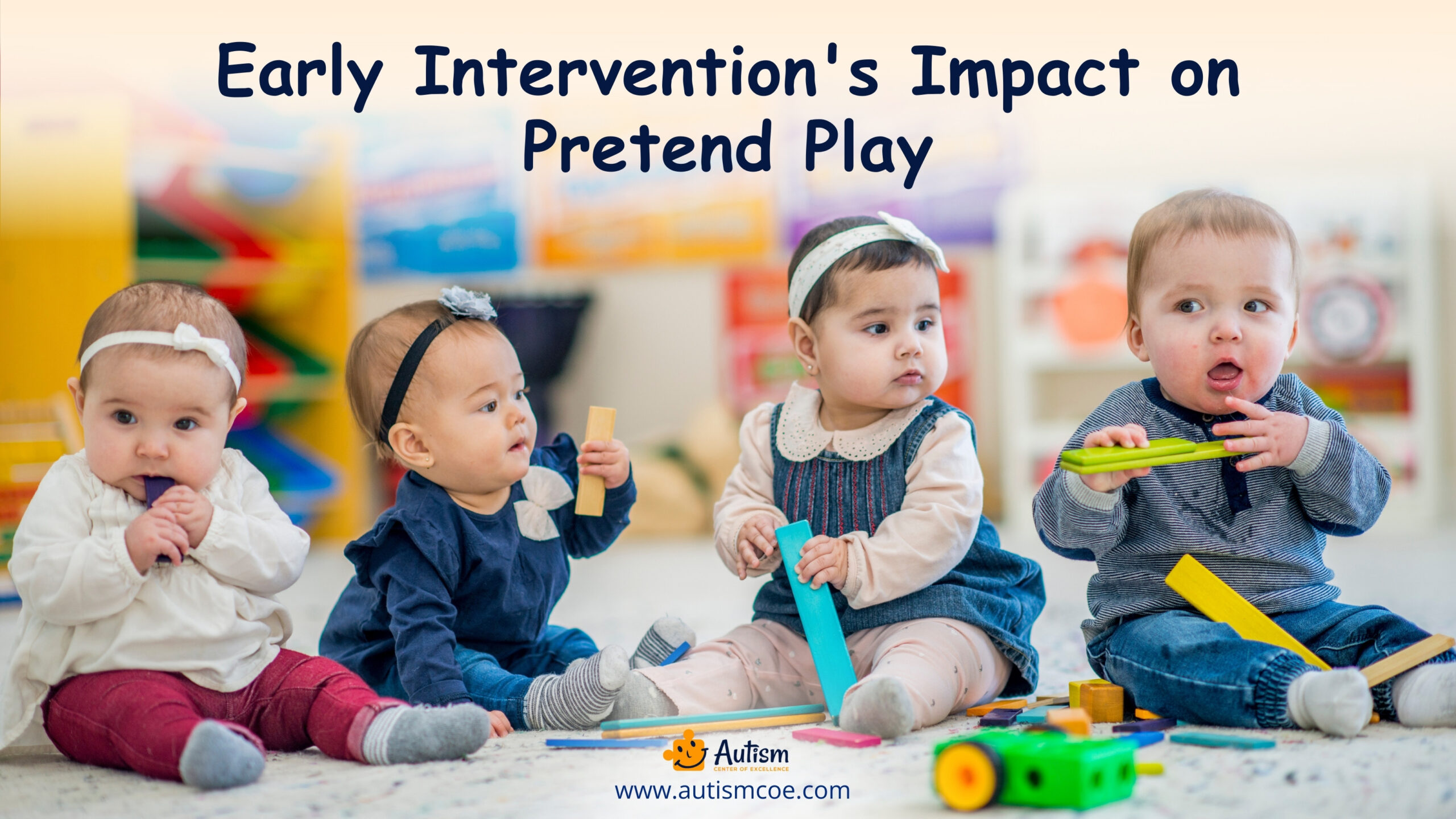
The Role of Early Intervention in Pretend Play
Pretend play development is very important in children with autism, and early intervention programs are important for Supporting Children in developing pretend play. They are programs that combine therapy and education to fulfil developmental requirements during critical periods. Consider, for instance, Applied Behavior Analysis (ABA), which aims to reinforce desired behaviors by facilitating the child during structured play, as well as Play Therapy, which utilizes engaging activities to teach necessary social, emotional and problem-solving skills.
Parents, therapists, and educators must work collaboratively, reconciling strategies to particularize the child and fulfil their unique needs, interests, and capacities. It gives children more chances to develop skills and receive the many associated benefits by beginning intervention early.
Frequently Asked Questions & Answer
When Should Pretend Play Start?
Typically, kids begin using their imagination and symbolic thinking around 18 to 24 months and pretend play begins.
What Cognitive Stage is Pretend Play?
Pretend play is part of the cognitive development stage between 2 and 7 years of age called the preoperational stage.
What is Pretend Play in Piaget's Theory?
Piaget comments that pretend play is done by the symbolic function in which children use objects, actions or ideas to stand for other objects, actions or ideas. For example, a block as a car or pretend cooking with toy utensils.
When Should Pretend Play Stop?
Pretend play evolves naturally as children grow, often giving way to more structured or realistic play by ages 7 to 10. Though imagination and role playing may end, it is still possible in other ways through life.
Conclusion
Pretend play is more than just fun—an opportunity for growth, learning, and connection. While it can be challenging to teach imaginative play to autistic children, the benefits make it worth exploring. By integrating strategies like modelling, tailoring activities to interests, and leveraging Early Intervention Programs, caregivers and educators can ensure children with autism thrive in this developmental milestone.
We’d love to hear about your experiences with pretend play! Share your tips or ask questions in the comments and start incorporating these ideas into your daily routine.
Please Note: The content of this blog is for informational purposes only and should not be considered a substitute for professional medical advice, diagnosis, or treatment. Consult a qualified healthcare professional for personalized guidance tailored to your specific situation.

Bhavika Bhasin
Bhavika Bhasin is the Research and Marketing officer at AutismCOE. She works with children and adults with ASD. Her clinical research includes evaluating various available autism screening and diagnosis methods and their efficacy. She is currently developing a novel screening exam that is indicated to be more accurate than the existing available exams. She is also writes articles papers for various publications.

